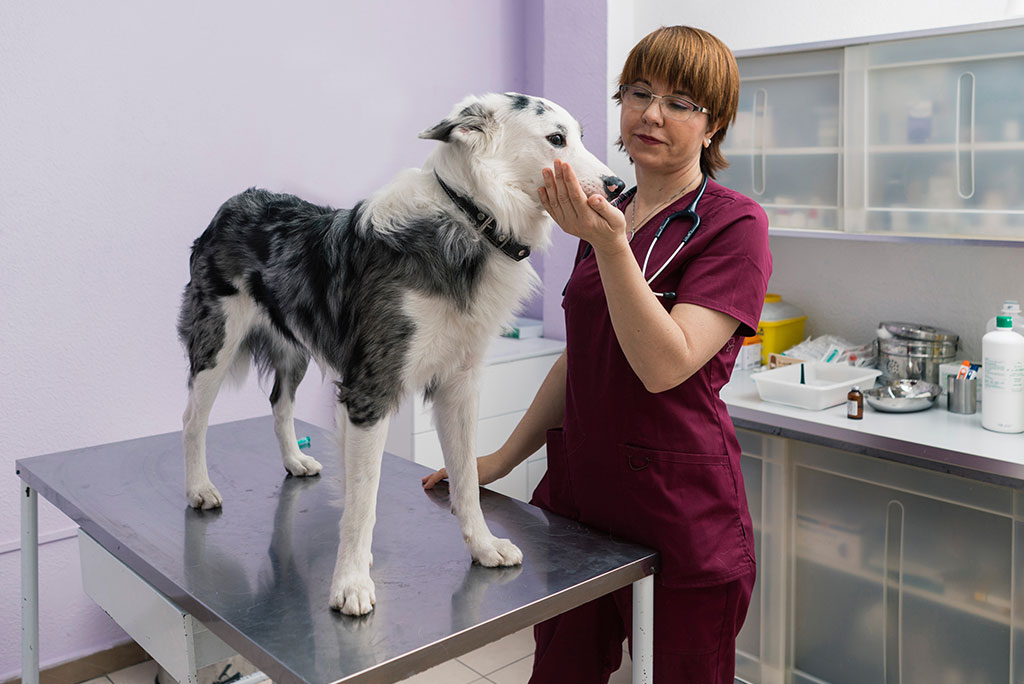Long hours, isolation, unhappy customers, surly staff, and grumpy pets are just some of the things that can keep veterinary practice managers up at night. Add to that increased competition and a dwindling bottom line and your passion for veterinary medicine or practice ownership may come under serious pressure. However, these problems don’t have to be chronic for your practice if you build a strong veterinary practice culture. This will help to ensure your animal hospital runs smoothly, not to mention to help you sleep soundly at night.

What is Veterinary Practice Culture?
The organizational culture of your veterinary business refers to the work environment and atmosphere of your practice or animal hospital. In other words, how does it feel to visit your clinic – both as a pet and a pet owner – and how does it feel to be a member of your veterinary team? Is there a welcoming environment with comfortable spaces and smiling staff, or are staff rushing customers and failing to bond with pets? The culture in any workplace is determined through the personal and professional values, beliefs and attitudes of the people who work there. As a practice owner or manager, your attitude plays an important role in the shared culture.
A positive environment attracts the right staff and will keep employees engaged. It also reduces stress levels, which not only makes it more comfortable for staff but also more pleasant for customers, who are more likely to stay loyal to your business – thus boosting your bottom line!
Build a Great Culture in Your Veterinary Practice in 5 Easy Steps:
1. Understand the culture of your practice
Do you know what the current culture is? When was the last time you checked with team members how they’re feeling about their jobs?
Have you tried to imagine what it feels like to bring your pet into the clinic?
How do customers view their experience?
This is where staff and customer surveys come in – only by asking for feedback will you be able to assess the current culture and pinpoint any potential issues. Be sure to use veterinary practice surveys and reviews – a great way of taking the pulse of customer satisfaction. Be open to grievances and criticism.
2. Define the Core Values of Your Business
Once you know how customers and staff feel about your company, it’s time to decide what type of practice or veterinary hospital you’d like to run.
Think of five to 10 words to describe your ideal company culture and inform your vision for the practice. For example, this could be:
- Friendly
- Compassionate
- Professional
- Welcoming
- Warm
- Inclusive
- Collaborative
Better yet, ask your employees to brainstorm and suggest words for the ideal work culture. Making them feel part of the process will lead to buy-in when you start implementing changes.
3. Live the culture
Once you have identified the workplace culture you’d like to cultivate, start implementing the values into your day-to-day practices, both in staff interactions and client dealings. Be the change you want to see. Ensure you check in with staff members regularly. Build trust with your workforce and encourage a collaborative culture. Hold regular staff meetings and consider team-building initiatives, but be sure to ask for input from the team about the type of team building they’d enjoy.
4. Empower staff
A positive culture filters through from top to bottom, so if you change your behavior, you’ll soon notice positive changes in staff members. Be sure to incentivize and reward positive behavior. Also, nip any negativity in the bud. Don’t tolerate gossip and don’t be afraid to address this firmly.
Secondly, ensure staff members have the necessary tools and training to keep them engaged and positive. Effective, time-saving tools – such as an on-the-go veterinary payment tool that facilitates easier client processing – go a long way towards reducing stress in veterinary practices.
Last but not least, be flexible and allow time off in quieter times. Veterinary staff often work long hours and it can be isolating, especially for entry-level staff, so ensure there are sufficient opportunities for them to engage with others.
5. Communicate a positive culture
Maintain transparency in the practice and open communication with customers and staff. Ensure a constant flow of information throughout the practice and that no-one feels intimidated to speak their minds. Extend the positive communication to your branding, marketing, job ads, and job interviews. Be inspiring – and you’ll soon see people and pets queueing up outside the practice.
If you’re looking to push your veterinary practice even further, take a look at VitusVet − it provides everything you need to streamline workflows, grow revenue, increase pet owner satisfaction, improve client communication and increase client loyalty. Find out more and request your demo today!
 by a veterinarian
by a veterinarian


